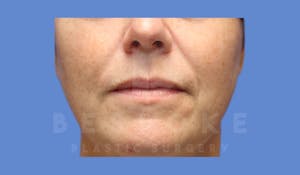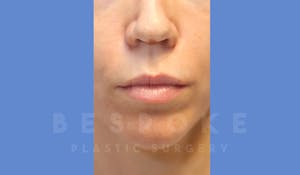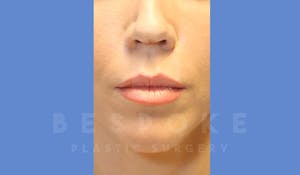How do you decide whether someone gets synthetic filler versus fat transfer?
Like many plastic surgeons, I believe that fat is truly the ultimate filler. The ability to restore volume as well as the regenerative properties of transferred fat, believed to be associated with the simultaneous transfer of stem cells is a powerful combination. However, the apprehensive patient that feels more comfortable with a reversable volume enhancer is a situation where synthetic fillers may be more appropriate.
Am I going to notice a big difference in the areas from where the fat is taken from?
Typically, the amount of fat used for facial volume enhancement is not significant enough to see a dramatic change in the donor area. Results, however, will vary based on the body fat composition of the individual and how much fat is ultimately removed
Does the fat go away?
There is an inherent level of unpredictability of how much of the transferred fat remains after transfer. Too often, however, the swelling after surgery is mistaken as fat and once this swelling dissipates it gives the impression that the fat “didn’t take”. Nothing could be further from the truth, in that long-term changes in facial volume can be seen in photographs years after the initial procedure in many individuals. The nuances of optimizing fat graft survival, however, are not completely understood, and this leads to variability in results.
What if I gain weight after the procedure?
An interesting concept about fat transfer is that the behavior of the transferred fat continues mimic the area from where it came from, rather than where it is placed. In other words, if an individual tends to readily lose fat in the lower abdomen and this fat is transferred to the face, then this fat remains susceptible to become much smaller with future weight loss.






